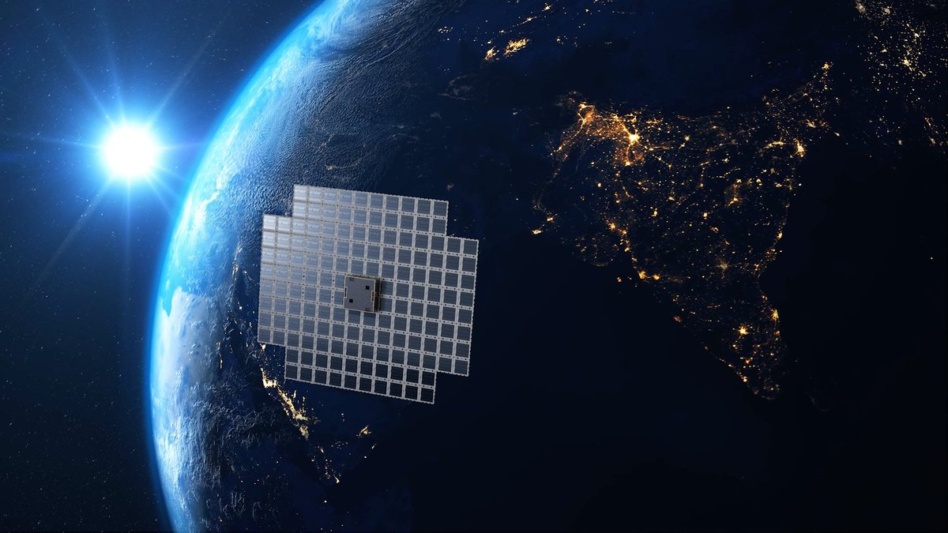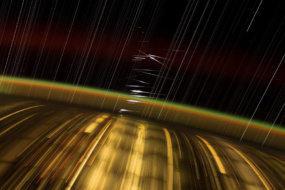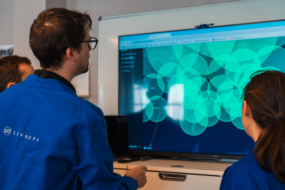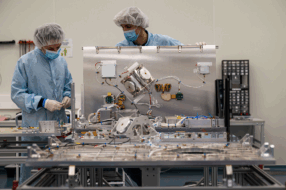A satellite launched earlier this year is now one of the single brightest objects in the night sky.
AST SpaceMobile ($ASTS) has plans in the works to build a constellation of ~100 satellites in LEO that would be akin to “cell towers in space.” In September, the Odessa, TX company launched BlueWalker 3, its long-awaited and second operational test satellite.
On Nov. 14, BlueWalker 3 unfolded its solar array. The 693 sq-ft beast is bigger than any other solar array in LEO.
- The benefits of the massive array? It could help AST SpaceMobile deliver satellite-to-smartphone services—and potentially afford technological advantages over the many others crowding into this space.
- The drawbacks? This unfolding increased the satellite’s visual brightness 40x, putting it in the top 20 brightest objects in the night sky.
That’s a problem for astronomers whose observations are dependent on ground-based telescopes. On Monday, the International Astronomical Union (IAU) published a statement expressing concern about the test satellite’s outsize brightness. The IAU called for further observations of the satellite and its potential effects on astronomy.
The light problem: Bright, artificial objects in the night sky leave a streak of light across still astronomy images, obscuring observations. Plus, as the IAU pointed out, the natural, dark night sky should be preserved as “an important part of humanity’s shared cultural heritage.”
This isn’t the first time a LEO operator has caught flak for the brightness of its birds. SpaceX faced criticism for the brightness of its Starlink constellation, which was visible in many ground-based astronomical observations. The company has been working with astronomers to figure out how to make its satellites less bright. Earlier this year, SpaceX published a “lessons learned” blog post, a quasi-guide for operators on how to reduce satellite brightness.
It’s not just about the light: In addition to the visual impact, RF signals thrown off by comms satellites like BlueWalker 3 could also affect observations. “Besides their visible brightness, these new satellites, which serve as “cell phone towers in space,” will transmit strong radio waves at frequencies currently reserved for terrestrial cell-phone communications,” the union wrote. The authors also note that these satellites are not subject to radio quiet zone restrictions. Terrestrial cell networks, however, are required to maintain lower signals in these zones so as not to interfere with sensitive instruments.
“Bluewalker3 is one of the brightest objects in the sky as a scaled down demonstration of a much larger constellation…It’s hard to avoid a feeling of loss of majesty of the natural world, but that didn’t stop us from building roads or telephone poles,” Matthew Goodman, CEO of SSA startup Exclosure, told Payload. “I hope we choose to approach the space environment differently than our terrestrial one.”
So…what happens next? AST SpaceMobile is still planning to deploy its full constellation of no more than 168 satellites similar to BlueWalker 3 (though the company appears to be cash-strapped and the constellation is far from fully financed).
In a statement to Space.com, AST said that it is studying new next-gen anti-reflective materials, working with NASA and astronomy groups, and mulling “potential operational interventions.” The company also says it will avoid broadcasting in radio quiet zones.




